When Kathryn Bigelow’s nuclear countdown thriller “A House of Dynamite” premiered at the Venice Film Festival in early September, it was greeted with a chorus of praise. Just about every critic there called the movie tense, dazzling, nail-biting, and rhapsodized over what they saw as Bigelow’s stunning craftsmanship. It was clear to me that I had seen a totally different film — an overheated but “breathless” piece of doomsday pulp that repeated the same scenario three times (a rogue nuke speeding toward Chicago, where it’s set to drop and explode in 20 minutes), less effectively each time.
To me, “A House of Dynamite” didn’t feel at all like it was directed by the commanding filmmaker of “Zero Dark Thirty” and “The Hurt Locker.” This one felt like hyped-up TV, with too much caffeinated camera jitter, too many unconvincing but in-your-face “quotidian” moments, and too much hambone acting (I’ve never seen Jared Harris, who plays the Secretary of Defense, give this bluntly overstated a performance). The film felt to me like a schlock disaster movie taking itself seriously.
But that last element — the fact that it does take itself seriously — turned out to be the bait that hooked the critics. What the reviews I read, and the people I had conversations with, all seemed to be saying is that “A House of Dynamite” was a movie they watched with white knuckles, heart in the throat, and a prolonged spasm of dread because the film hit them with the force of a cathartic reality check. They hadn’t thought about the possibility of nuclear war in a long time. And this movie did more than just make you think about it. It demonstrated that the possibility was far more likely than any of us want to believe.
But does the movie, in fact, demonstrate that? Or does it merely assert it, with no evidence and with a scenario that strains belief because it makes almost no sense even on its own hair-trigger terms?
If you come out of “A House of Dynamite” thinking that a nuclear conflagration could be just around the corner, and that this is the movie that pulled the wool off your eyes, you could say that that makes it, by definition, an effective movie. But what I actually think that makes it is an exploitation film. “A House of Dynamite” works hard to churn up our anxieties, yet it does so more or less the same way the disaster films of the ’70s did: by serving up a sum-of-all-fears cataclysm as if it were “reality.”
The film’s nugget of apocalyptic narrative, which gets no more illuminated each time it’s retold, comes down to this: The rogue nuke, launched by we-have-no-idea-who, is rocketing toward the U.S., and despite all our advanced military defense systems there is no way to stop it. This, the film claims, is the real reality, the one that the powers that be want you to forget. The film suggests that our defense systems amount to a kind of Ponzi scheme, that the government has created a grand illusion of national security. But now, at last, watching this movie, the truth can be told: that it’s all 10 times more precarious than we thought. Sweet dreams!
Bigelow and her screenwriter, Noah Oppenheim, claim to have done their research and gotten the inside scoop on what a dangerous, scattershot, combustible world we’ve all fooling ourselves into believing we don’t live in. Bigelow used a retired three-star general as a consultant but, in general, stayed away from the Pentagon, refusing to seek its endorsement. She wanted to break free of the official bureaucratic party line. Okay, fair enough. But regardless of whether the film’s scenario is accurate, I’d be more satisfied than not if it simply felt accurate. Why doesn’t it? That comes down to how its key probability factor is totally at war with its central metaphor.
Let me explain. In the first episode, we expect that U.S. missiles will be able to zap that rogue nuke right out of the sky. But what we learn — and what everyone in the White House Situation Room learns too, since it appears they’re as clueless as we are — is that the chances of a GBI (Ground-Based Interceptor) taking out that nuke are just 61 percent. This causes Harris’s Secretary of Defense to exclaim, “So it’s a fucking coin toss? This is what $50 billion buys us?” That’s quite a statement for the film to make, and it’s meant to leave us spooked.
But if that’s the reality, consider this. The film’s second episode, in which the characters try (without success) to figure out who launched the attack, is entitled “A Bullet Hitting a Bullet.” That sounds like some sort of poetic fancy, but in the course of the episode the phrase is used, quite specifically, to explain why our missile defense systems are so much less effective than you or I think. The film asserts that if a rogue nuke were speeding toward Chicago, the chances that one of our missiles could knock it out of the sky would be comparable to the chances of a bullet hitting a bullet.
To laymen, that image kind of makes sense. A nuke fired at the U.S. would be traveling really fast (like a bullet). A missile launched to neutralize that nuke would also be traveling really fast (like a bullet). So one bullet would have to hit the other bullet. Pretend that someone was shooting a gun and trying to do that. What are the chances of a bullet hitting a bullet? I’d say close to zero.
But wait a minute. I thought the movie just told us that the chances of success in this situation are 61 percent. (Not 60 or 62 percent. 61.) That isn’t the greatest of odds, but it’s not the worst either. Yet now the movie is telling us that the odds of success are virtually nil. So which is it? A fucking coin toss…or a bullet hitting a bullet? Do you see how little “A House of Dynamite” adds up? Besides, I’m no expert, but that’s not how heat-seeking missiles work.
There have been great movies built around the looming hair-trigger prospect of a nuclear attack. “Dr. Strangelove” is, of course, a visionary comedy, yet it’s framed as a grandly ominous countdown-to-the-apocalypse. “Fail Safe,” the great Sidney Lumet nuclear thriller, came out the same year as “Dr. Strangelove” (1964), only nine months later, and in many ways it’s an even more spellbinding movie. And 25 years ago, the historical political drama “Thirteen Days,” set mostly in the Oval Office (with a definitive performance by Bruce Greenwood as JFK), portrayed the inner workings of the Cuban Missile Crisis with a riveting psychology and an inside realpolitik that was hypnotic to behold. The film showed us just how close we came (much closer than was acknowledged at the time, or for years afterward).
Those three movies are all, in their different ways, fearless cautionary works of art. But “A House of Dynamite” is so hyperbolic about pushing the alarm button, all in order to push our buttons, that the most dangerous possibility raised by the movie is that anyone would actually fall for it.



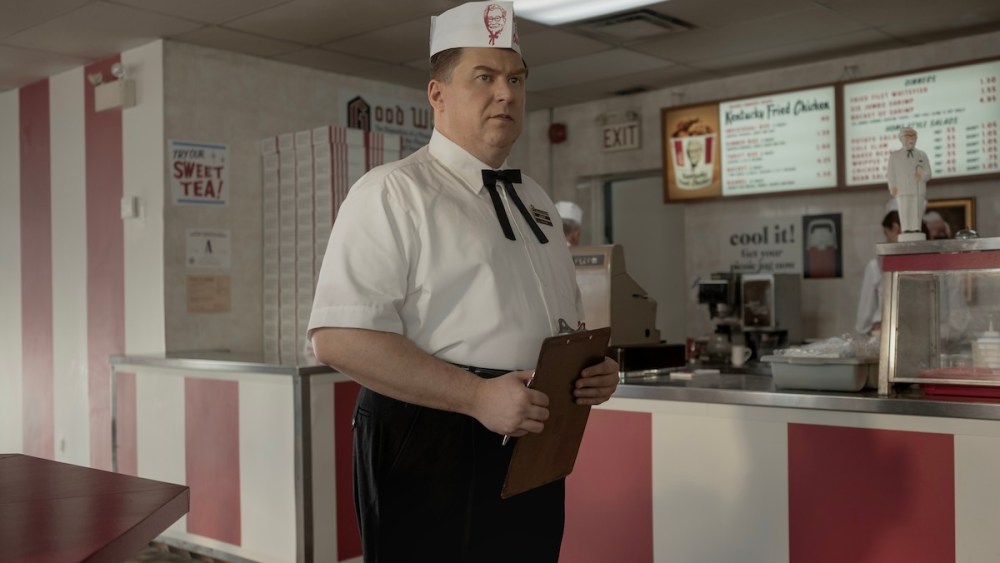


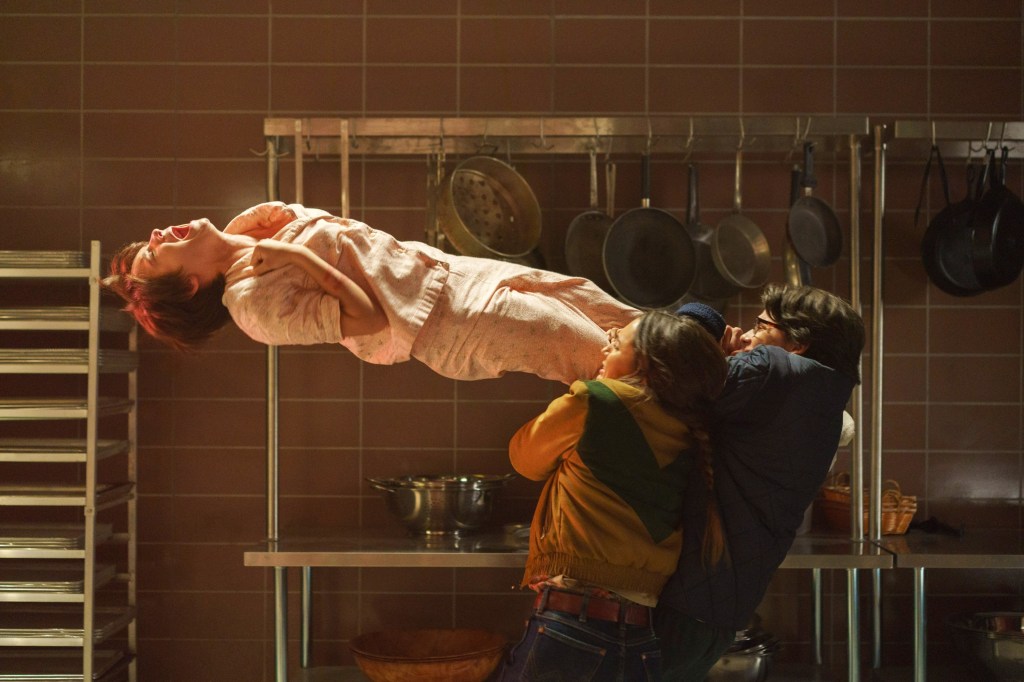

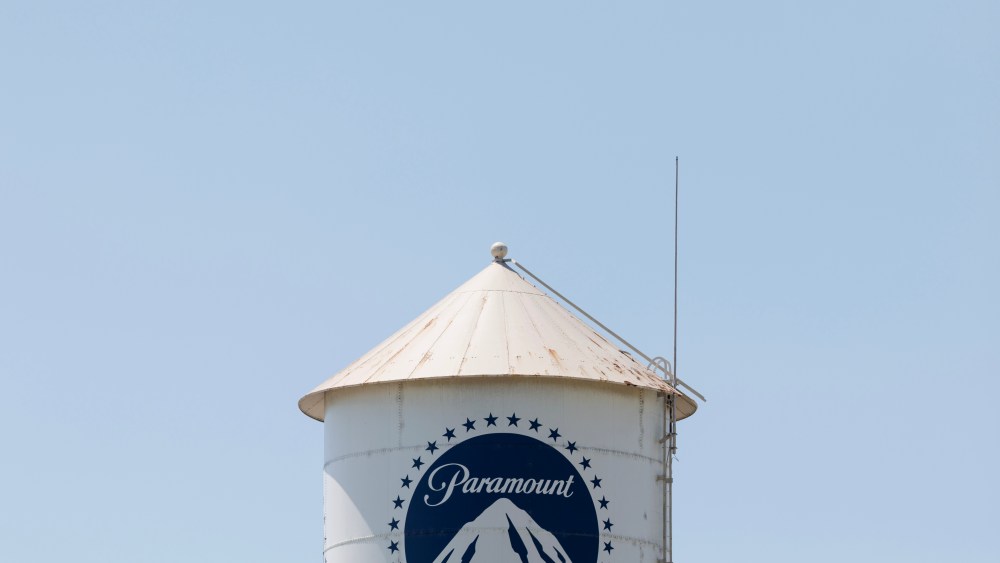

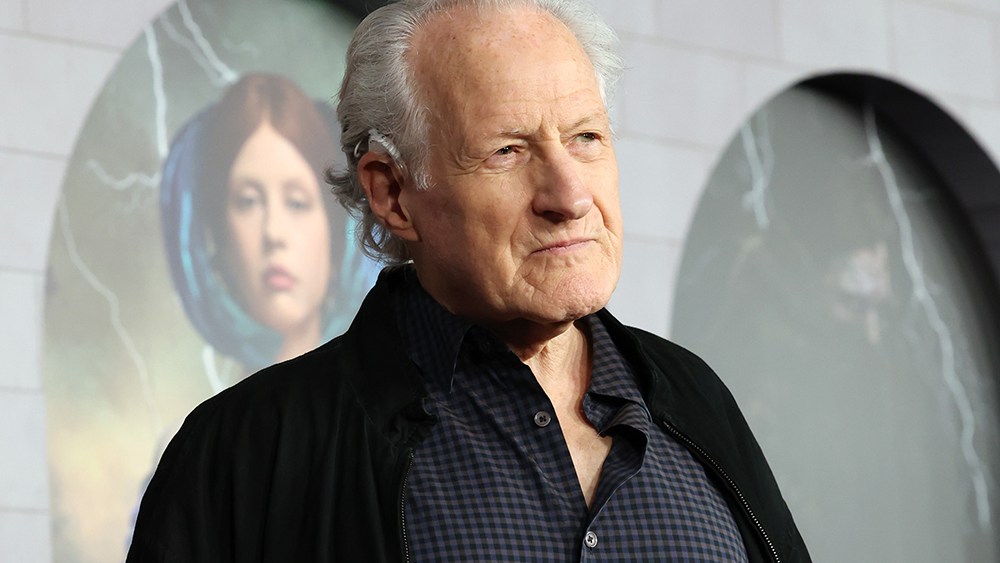


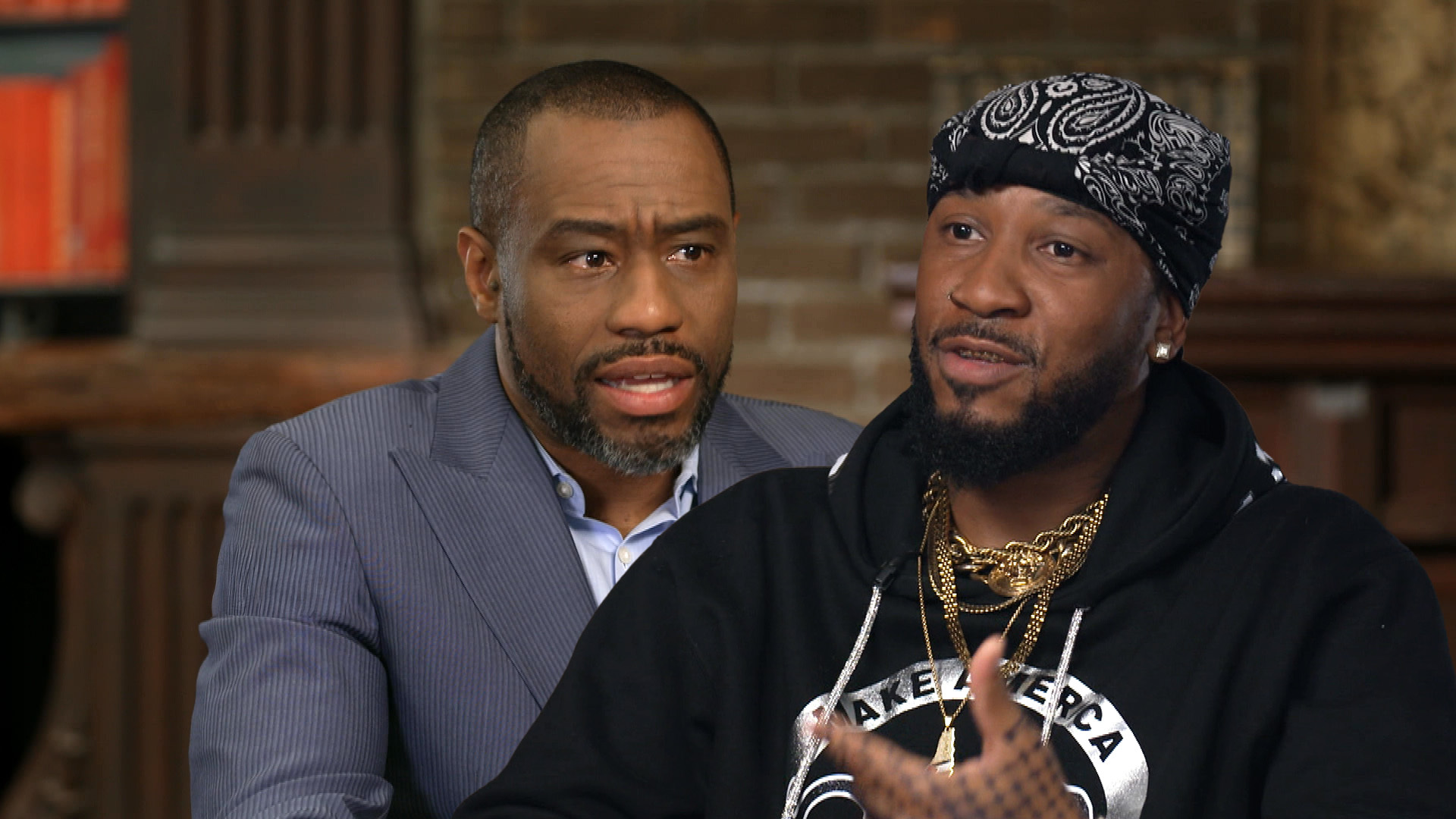


Leave a Reply